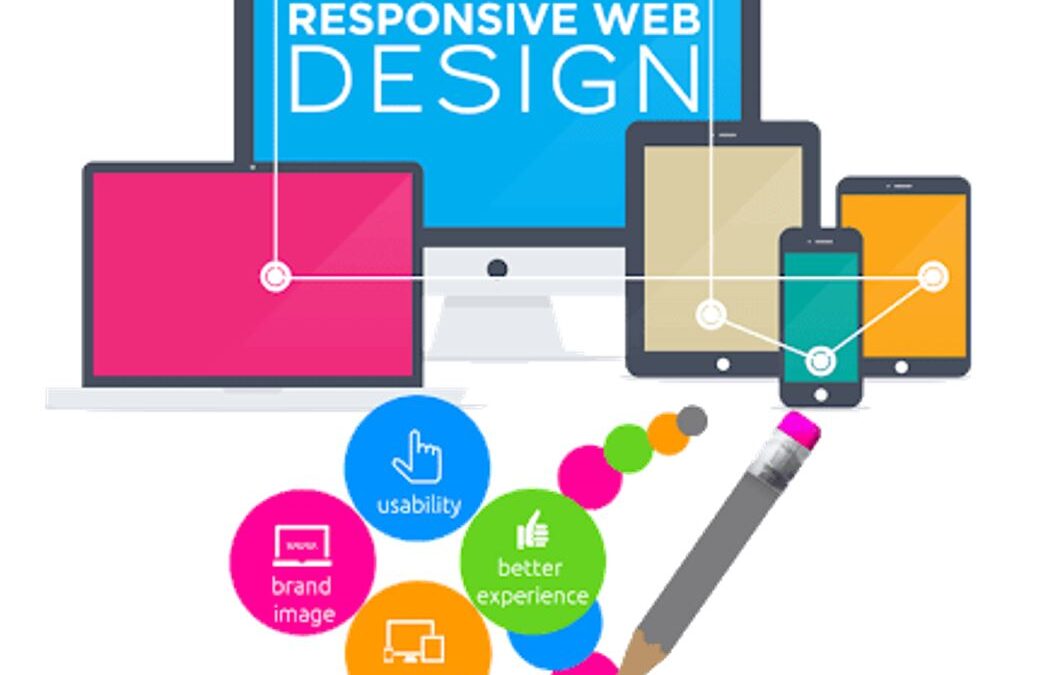What’s New With Google and SEO?
January 21, 2016
A Guide to PPC Marketing For Beginners
December 26, 2021Responsive Web Design (RWD) is a widely used practice among web builders that allows a site to adapt to its environment. This gives it a liquid mobility on multiple devices with various proportions. With visitor convenience in mind, RWD is built to accommodate viewers from any platform and distance.
Though the desire for a more mobile-friendly design has been in circulation for some time, Ethan Marcotte is known to be the driving force behind what we know today as responsive design.
Why is Responsive Web Design Necessary?
Though desktop browsing once dominated, the rise of mobile device ownership has created a need for smooth readability on smaller screens. Even without phones and tablets playing a part, the evolution of computer screens and performance require open layouts that can adjust to an assortment of screens and computer languages.
Site owners find this design method to be beneficial to the traffic they rake in as people are more likely to stick around and return because of the design’s conformity to their needs. This in turn helps financially, making it a must-have for anyone reaching out to the general public.
How is Responsive Web Design Created?
In order to design a site that flows through mediums, the elements within a web page are designed using size percentages rather than fixed measurements such as pixels. Using a percentage as measurement makes the site content more adaptable while still providing a limitation to the flexibility.
Using RWD opens the ability for a site to employ a number of CSS (cascading style sheets) languages, further helping the website to display its content according to a device’s needs.
What Makes Responsive Web Design Better Than Similar Designs?
For those who prefer a more mobile-savvy design, there are methods like RESS (responsive design + server-side components) that enhance mobile viewing experiences. However, the simplicity of RWD makes it cheaper and quicker to develop, which is why it’s preferred for start-ups and money-minded site owners.
What Are the Downfalls of Using Responsive Web Design?
As with any technology, there is always room for improvement. A common mobile web design obstacle for many web developers is the limitation on videos and banner ads. These are not fluid like the rest of the site’s content and are often built as separate pieces, causing them to work well on some screens but not on others.
Thankfully, there is a product in the making! Responsive ads that use less file space, text editor options, and one-size-fits-all design processes are the next step in evolving web design. While banner ads use larger HTML files and remain a constant image, responsive ads would be adjustable and animated. Rather than choosing who sees which ad based on device, this option makes it easy to create one ad that transfers across all platforms.
As the world of technology changes rapidly, so too does its requests and requirements. The relationship between designer, customer, and viewer is more involved than ever. With responsive web design, the options are wide open and websites are accessible for low prices and all devices.


